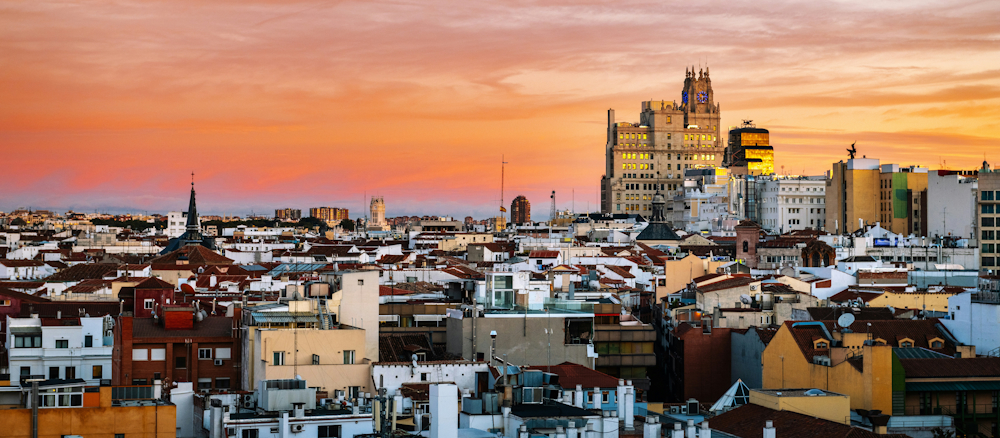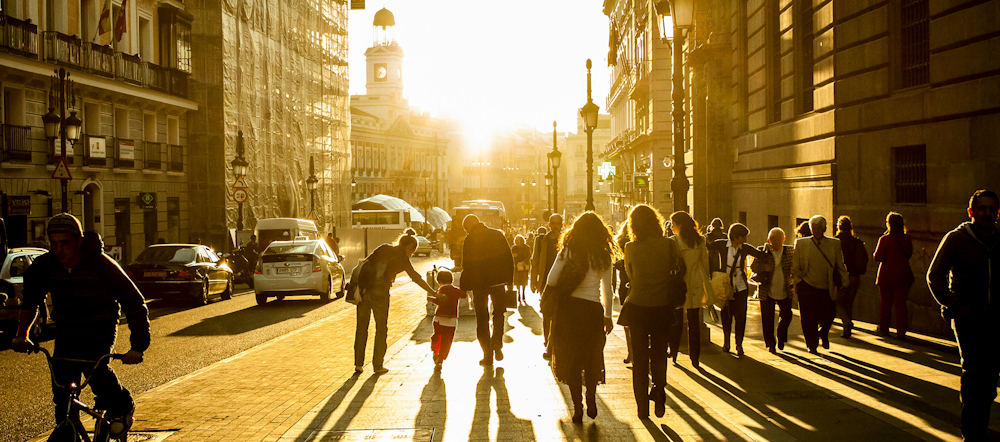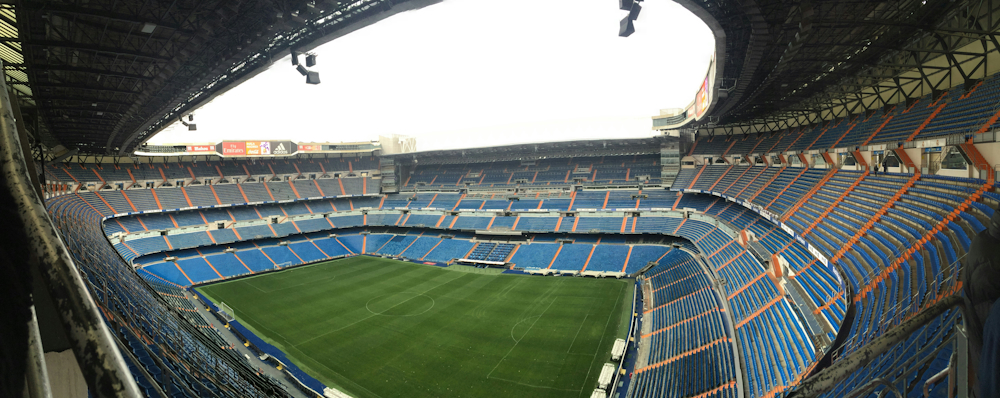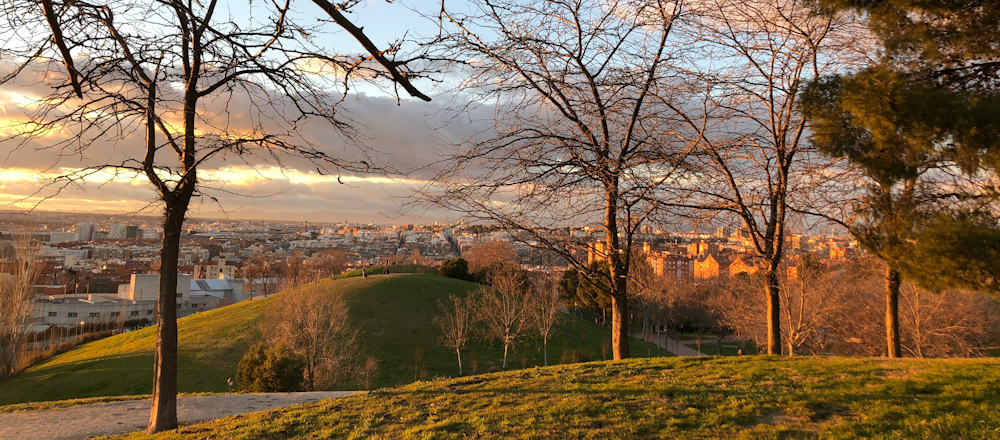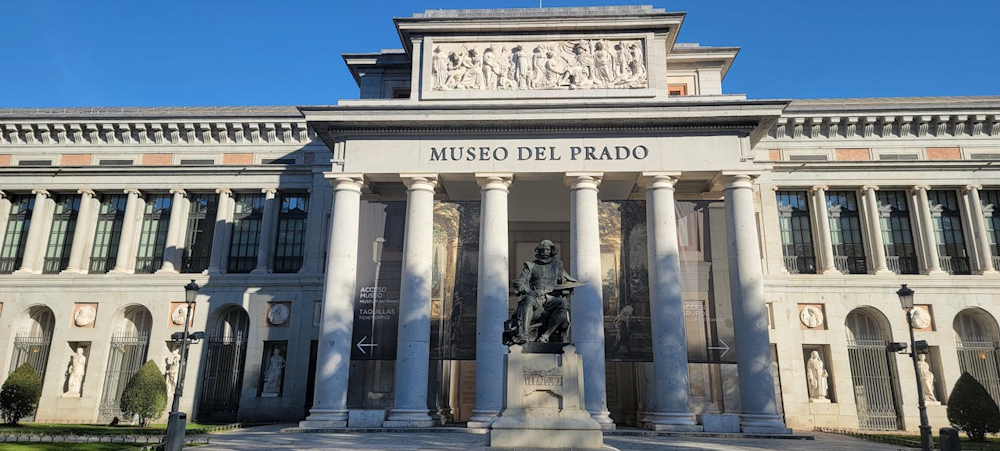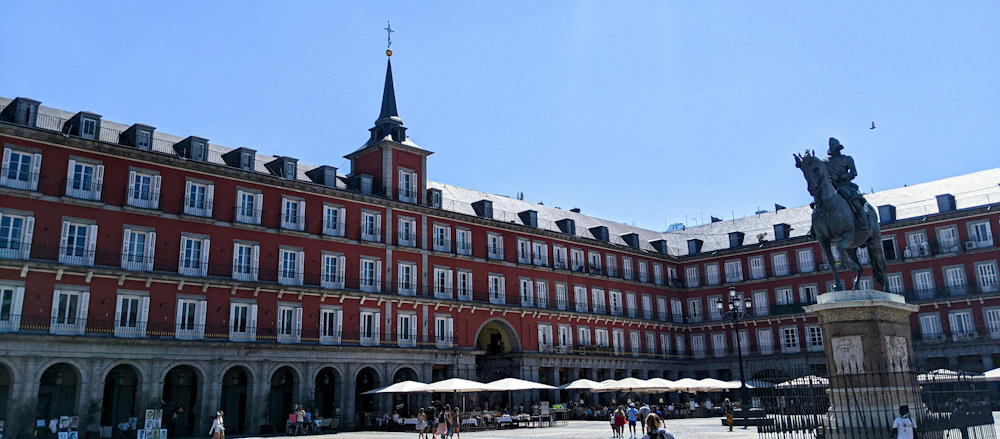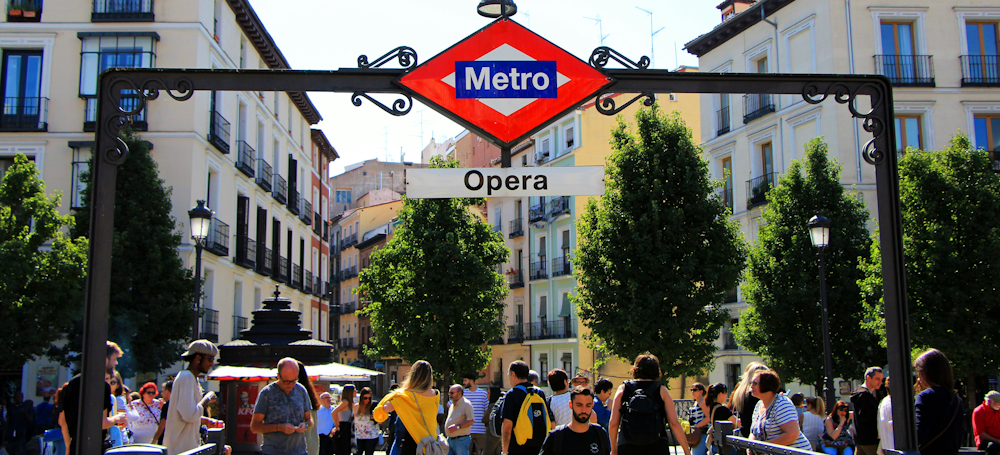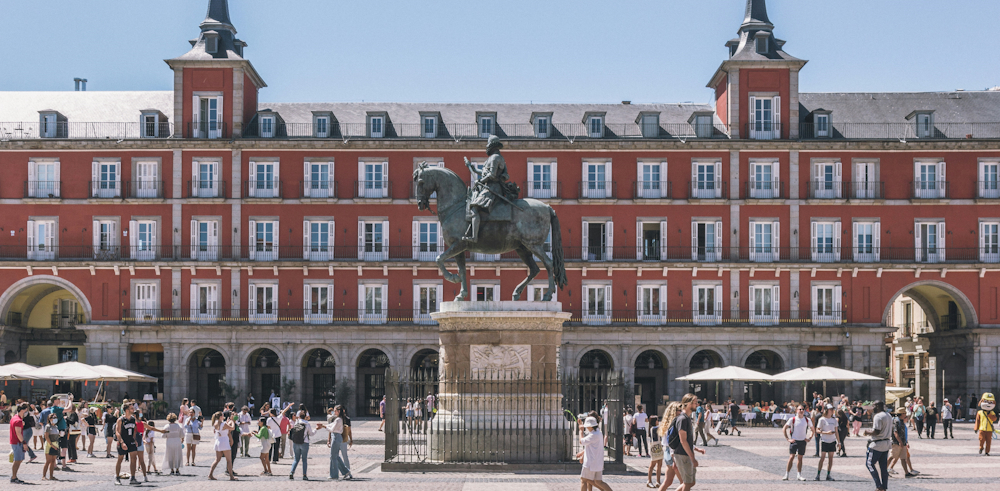Finding high-quality and well-priced accommodation in Madrid can be relatively difficult. In recent years, Madrid property prices have skyrocketed. In fact, the city has among the most expensive rental and purchase prices in the country. There is a lack of refurbished, spacious and well-located accommodation in the city, which means the consequent high demand and low supply lead to constantly increasing rates.
Areas and suburbs in Madrid
You’ll be spoilt for choice when it comes to areas and suburbs in Madrid, with its 21 districts and more than 100 neighbourhoods. Most young working professionals and students live in the centre of Madrid as they typically prefer being close to public transport, nightlife, and job opportunities. Central areas such as Sol, Malasaña, Chueca, Lavapiés and La Latina are among the most popular.
If you’re part of a family, a fitness enthusiast or a working professional who prefers to be further away from the action, you’ll love neighbourhoods such as Retiro, Chamerí, Arturo Soria, Conde Orgaz and Mirasierra. These areas and suburbs are located near green spaces, public and international schools and family amenities, but purchase and rental prices lean on the higher side.
See Areas and Suburbs in Madrid for more information on the best neighbourhoods in the city.
Types of accommodation in Madrid
Most people in Madrid live in apartments with small balconies. Usually, the more modern an apartment, the smaller the living space. Demand and price tags for these newer properties are high. Older apartments may vary in quality and modern amenities.
The typical city-centre apartment sits within a charming old building, sometimes lacks light, has small bedrooms, and, if it is a rental, is sparsely and cheaply furnished. On the upside, city centre apartments are close to nearly everything, which eliminates the need to buy a car.
Just outside the city centre, apartments are cheaper, larger, modern, well-equipped, and usually include a garage. In the suburbs, houses are more common, and newly constructed blocks can even include a swimming pool and tennis courts. Both furnished and unfurnished housing options are available. There are plenty of furniture retailers where you can purchase items at reasonable prices, including major shops like IKEA, which has recently expanded its presence in Madrid with both new and second-hand options, which will save you from international shipping costs.
As in most large metropolitan areas, there are some parts of the city that are more desirable than others. Naturally, these are the most expensive and tend to be centrally located, close to premier educational institutions and transport networks.
Shipping Furniture to Spain
Schools in Madrid
Transport Connections in Madrid
Finding accommodation in Madrid

If you already know the area in which you’d like to live and have already defined the criteria for your accommodation, you can search for apartments online using popular platforms like Idealista and Fotocasa. These platforms make it possible to check data, organise viewings, negotiate rental prices with the landlord, review the contract, and manage other administrative and legal requirements.
Social media is another valuable resource, as some landlords prefer posting their listings on social media neighbourhood platforms. You can also use word of mouth by asking your colleagues if they know of any rentals on the market in their respective neighbourhoods.
Some people moving to Madrid will be lucky enough to have a relocation company working on their behalf, who will assess their preferences and shortlist properties for them to view.
If you have neither the time, knowledge, nor language skills to search for accommodation in Madrid, a real estate professional will be your best resource. Landlords are required to pay estate agent fees for rentals, so you should not be charged any commission, although some agents may still covertly try to charge tenants.
Useful links
Renting accommodation in Madrid

The rental market in Madrid is underdeveloped compared to other Western European capital cities, which means that it can be challenging for expats to find quality apartments. The average furnished apartment in Madrid may not always meet the standards you’re accustomed to, and most landlords expect their tenants to maintain the property themselves.
Sharing apartments is increasingly popular among students and young professionals who want to live in the city centre but can’t afford to pay rent on their own.
Making an application
The good news is that the tenant selection process is not excessively demanding. Landlords choose their tenants on a first-come, first-served basis, with the only requirement being that you show proof of income and can pay a security deposit.
You’ll often be asked to give proof of income (job contract and last three payslips) and, in rare cases, references from your previous landlord. Many landlords now require that your income be at least three times the monthly rent, and some may request additional documentation like bank guarantees or solvency certificates. Providing this information to landlords can help you show you’re serious about renting a property and differentiate you from other potential tenants.
Leases and deposits
If you’re wishing to rent accommodation in Madrid, you’ll need to have the equivalent of two to three months’ rent upfront for the security deposit and the first month’s rent. Security deposits are one to two months’ rent, although this can be higher for students or self-employed individuals. This will be returned at the end of the leasing period, provided the apartment has not sustained any damages at the tenant’s fault.
In general, the mandatory initial lease period is one year, and payments are due at the start of each month.
Terminating your lease
You have the right to terminate your rental contract early after living in the property for at least six months. You must provide at least 30 days’ written notice to your landlord before moving out. If your landlord wants to end the tenancy, they must give you four months’ notice (or two months if you’re nearing the end of your contract).
Be aware that many contracts include penalty clauses requiring you to pay compensation for early termination, often one month’s rent for each remaining year on the contract. Check your contract carefully for these terms.
See Accommodation in Spain for more details on leases and the rental process in the country.
Utilities in Madrid

Utilities in Madrid, such as water and electricity, are not usually included in the rental price for an apartment, but you may be able to negotiate with the landlord to include these costs. Those living in apartment complexes may also have to pay community fees for the maintenance of communal spaces.
Water and electricity are usually connected when you move in; you’ll simply need to transfer the account into your name. Most of the drinking water in Madrid comes from the Canal de Isabel II, and the city boasts some of the safest tap water in Spain.
Electricity
Spain has a liberalised electricity market, meaning you can choose your provider. Major electricity companies include Iberdrola, Endesa, Naturgy, and newer providers like Energy Nordic and Octopus Energy. If electricity is already connected to your property, you need to transfer the contract to your name. For new connections, you’ll need your NIE, Spanish bank account details, and proof of address. Most providers offer online contract management and various tariff options to suit different usage patterns.
Gas
Natural gas is supplied by companies including Naturgy (the main distributor), Endesa, and Iberdrola. In Madrid, most properties are connected to the mains gas supply, although some older buildings may use bottled gas. Setting up a gas service requires documentation similar to that of electricity. For bottled gas, suppliers like Cepsa and Repsol provide home delivery services. Many providers offer combined electricity and gas packages, which can provide cost savings.
Water
Water in Madrid is supplied exclusively by Canal de Isabel II, the public water company serving the Madrid region. If you’re moving into a property where water is already connected, you’ll need to transfer the account to your name by contacting Canal de Isabel II directly or visiting their website. You’ll need your NIE, rental contract or proof of ownership, and Spanish bank account details.
Water bills in Madrid are among the most affordable in Spain, and the water quality is excellent and safe to drink directly from the tap.
Bins and recycling
The city of Madrid is on a drive to meet EU recycling targets and, in recent years, has introduced new waste management strategies. The separate collection of organic waste is now compulsory, and there's a new mandatory rubbish fee. Waste collection is separated, with organic waste deposited into brown lid bins and collected daily in most districts throughout the city. There are also different coloured bins for paper, glass, metal, general, and hazardous waste located in each street of every neighbourhood.
Internet
Madrid offers excellent internet connectivity with widespread fibre optic coverage. Major providers include Movistar, Vodafone, Orange, MásMóvil, and Jazztel. Many providers offer promotional rates for the first year, so do shop around. Bundled packages combining internet, mobile, and landline services often provide better value.
Installation typically takes one to two weeks after signing up.
For more information, see our page on Setting Up Household Utilities in Spain.
Useful links
